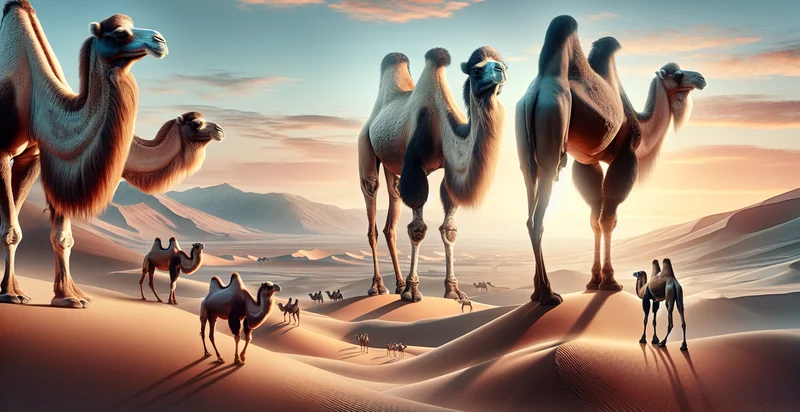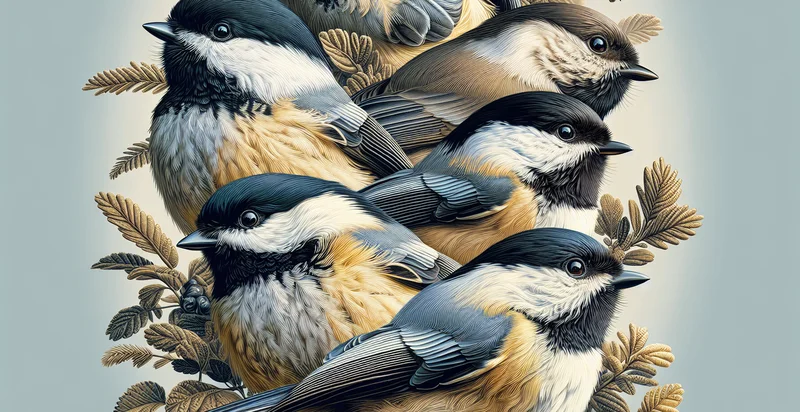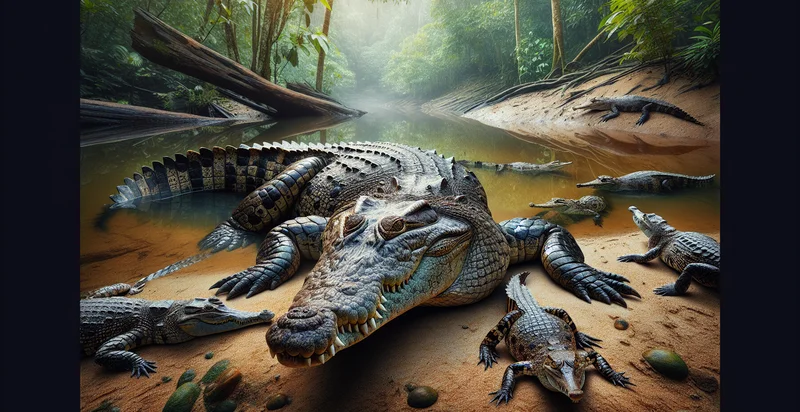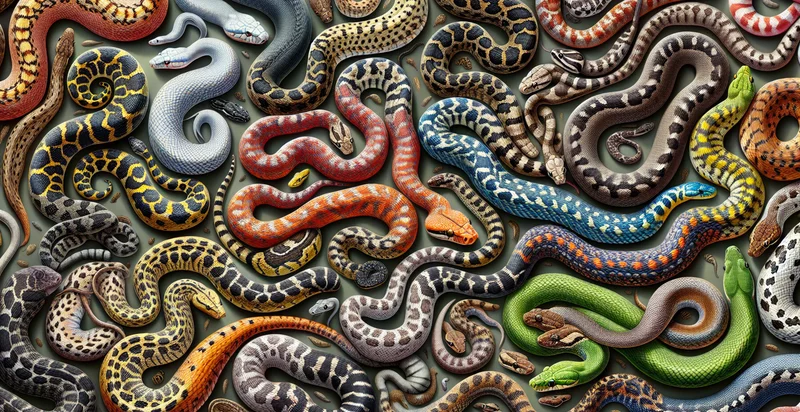Identify camel species
using AI
Below is a free classifier to identify camel species. Just upload your image, and our AI will predict which camel species it is - in just seconds.

Contact us for API access
Or, use Nyckel to build highly-accurate custom classifiers in just minutes. No PhD required.
Get started
import nyckel
credentials = nyckel.Credentials("YOUR_CLIENT_ID", "YOUR_CLIENT_SECRET")
nyckel.invoke("camel-species-identifier", "your_image_url", credentials)
fetch('https://www.nyckel.com/v1/functions/camel-species-identifier/invoke', {
method: 'POST',
headers: {
'Authorization': 'Bearer ' + 'YOUR_BEARER_TOKEN',
'Content-Type': 'application/json',
},
body: JSON.stringify(
{"data": "your_image_url"}
)
})
.then(response => response.json())
.then(data => console.log(data));
curl -X POST \
-H "Content-Type: application/json" \
-H "Authorization: Bearer YOUR_BEARER_TOKEN" \
-d '{"data": "your_image_url"}' \
https://www.nyckel.com/v1/functions/camel-species-identifier/invoke
How this classifier works
To start, upload your image. Our AI tool will then predict which camel species it is.
This pretrained image model uses a Nyckel-created dataset and has 5 labels, including Dromedary Camel and Bactrian Camel.
We'll also show a confidence score (the higher the number, the more confident the AI model is around which camel species it is).
Whether you're just curious or building camel species detection into your application, we hope our classifier proves helpful.
Related Classifiers
Need to identify camel species at scale?
Get API or Zapier access to this classifier for free. It's perfect for:
- Wildlife Conservation: Conservation organizations can utilize the function to identify and monitor the distribution and movement of different camel species in their natural habitats, aiding in the protection and conservation efforts.
- Veterinary Services: Veterinarians dealing with camels can use this tool for accurate identification of the species which can influence decision making in treatment plans based on the specific characteristics and known medical history of identified species.
- Zoological Research: For zoologists in the field, this function could aid in identifying the species of camels they are studying, allowing for more accurate data collection and research outcomes.
- Camel Racing Operations: The tool can be used by camel racing organizations for precise identification of camel species, as the performance and racing abilities can vary among different species.
- Livestock Management and Trading: A multilabel image classification function can greatly assist livestock managers or brokers who trade camels to effectively categorize their stock based on the species differentiation.
- Educational Application: Educational institutions or online learning platforms dealing with animal biology, zoology or environmental sciences can use the tool as an interactive method to teach students how to identify different camel species.
- Wildlife Documentary Film-Making: Wildlife documentarians can utilize this tool in their production process to accurately identify and provide information to viewers about different camel species that might be the subjects of their narratives.


